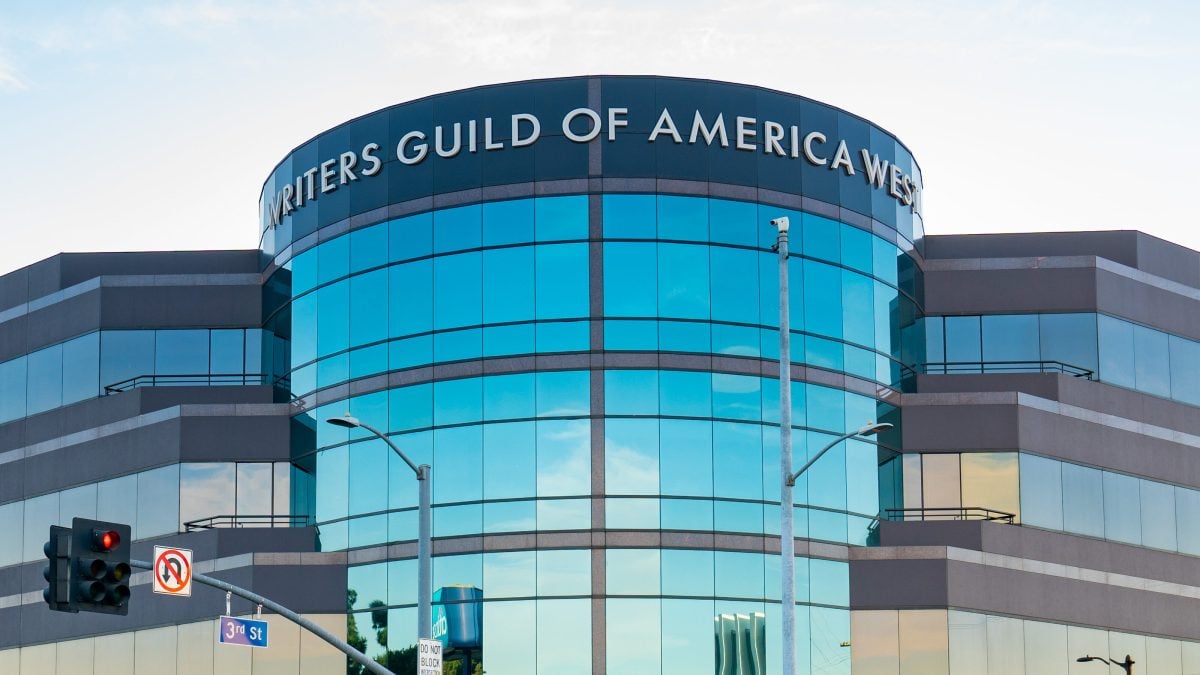The Writers Guild of America has gone on strike, which should be a terrifying statement to anyone with even a passing interest in consuming film or television. Indeed, there’s no denying that writers are the backbone of entertainment. You can have perfect cinematography, the most talented cast under the sun, and visual effects to die for, but without a good script, your project is bound to fall apart where it counts.
The Alliance of Motion Picture and Television Producers (AMPTP) and the Writers Guild of America (WGA) failed to reach an agreement on a new and revised Minimum Basic Agreement (MBA), which guarantees benefits and protections for the members of the WGA, such a creative freedoms, working conditions, and, of course, salaries.
Among the many reasons for this strike is the devaluation of writers’ work that has occurred over the years, chiefly as a result of the emergence of streaming coupled with the entertainment industry’s ever-present greed. The WGA has reported that effectively half of all employed writers are working at the MBA minimum, compared to only a third a decade ago. Coupled with shorter work periods for lower and mid-level writers working in streaming, the median weekly writer pay has dropped 23 percent over the last decade when adjusted for inflation.
If all goes well, the WGA will end with writers getting the proper MBA updates they deserve, and they can settle into a new, better normal while we look forward to their exciting new content. But what exactly is the less favorable “normal” right now? Per the 2020 Schedule of Minimums put out by the WGA (which collectively covers the period of May 2, 2020 to May 1, 2023), with specific regard to the past year, here’s how much WGA writers make per project.
How much do Hollywood writers make?
For an original screenplay without a treatment, a Hollywood screenwriter will be paid at least $54,561 for a low-budget project, and roughly $111,694 for a high-budget one. These numbers become $81,220 and $152,461, respectively, when a treatment is also involved.
As for nonoriginal screenplays, non-treatment works can range from $44,402 (low-budget) to $91,382 (high-budget), while the addition of a treatment will bring these numbers up to $71,061 and $132,149, respectively.
Treatments and rewrites alone can net writers around $26,000 for low-budget projects and over $40,000 for high-budget ones, while “story by” credit will pay $10,159 (low-budget) and $20,312 (high-budget).
But this doesn’t reflect the entire reality of writer salaries. Not only do these amounts tend to be paid incrementally (i.e. for example, it’s likely a writer will get a portion of that total for the treatment, another portion for the first draft, and another portion for the final draft, in the case where a treatment is present), but especially for beginning writers, there’s no guarantee that that same writer will be hired to write anything beyond the first draft or even the treatment. Once you’ve sold your script, the studio owns it, and it can hire whoever it pleases to work on it. So, for some writers, their payout only comes to a fraction of the relevant numbers listed above.
These numbers also don’t account for additional expenses such as paying one’s screenwriting agent, manager, lawyer, or taxes, which can bring the writer’s total income down to as low as 40% of the original number.
Bottom line? Writers aren’t happy with the current conditions, nor should they be expected to be happy with them. Writers are the heartbeat of entertainment, and industry greed is high in sodium; it’s high time the AMPTP did right by the WGA.

